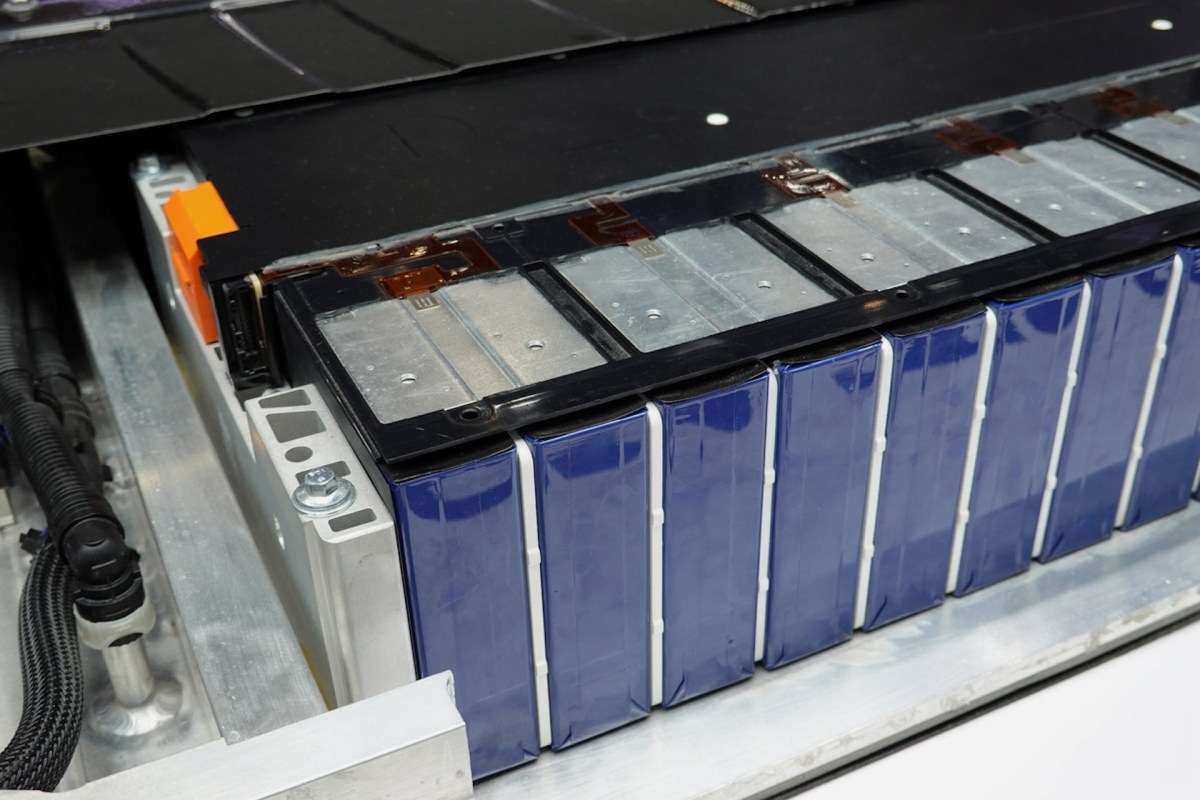Battery experts from labs in Liverpool have a solid-state electrolyte innovation as part of efforts to build a better power pack. And in this case, it's the process — leveraging artificial intelligence — that might be the most significant part of the report.
Electrolyte science is garnering a lot of attention as experts try to find cost-effective, safe, and efficient ways to power batteries that run electric vehicles and other devices. The latest report from the University of Liverpool checks the boxes, detailing an electrolyte that is made with non-toxic "Earth-abundant" materials that allow for power pack chemistry to work.
Part of the success was the team's ability to use AI in a way that got it to generate a novel concept. Past research using AI for this purpose resulted in materials similar to already known ones, per the lab report.
"This discovery … shows that AI and computers marshalled by experts can tackle the complex problem of real-world materials discovery, where we seek meaningful differences in composition and structure," Professor Matt Rosseinsky said in the lab summary.
"Our disruptive design approach offers a new route to discovery of these and other high-performance materials that rely on the fast motion of ions in solids," he added.
In standard battery chemistry, lithium ions move back and forth between the anode and cathode, traveling through the electrolyte, as the battery operates. The electrolyte is often a liquid, though more designs for solid versions — typically heralded as safer alternatives that can store more power — are regularly announced. Better safety is a big perk for potential EV buyers who are worried about rare yet serious battery fires that sometimes make headlines.
Watch now: Solar-powered boats from the Honnold Foundation are making a difference in the Amazon
Specific details on the Liverpool material are a little vague in the university's article, though Rosseinsky seems optimistic about the discovery method's potential.
"This research demonstrates the design and discovery of a material that is both new and functional. The structure of this material changes previous understanding of what a high-performance solid-state electrolyte looks like," he said.
An important part of the description is that the electrolyte "rapidly conducts lithium ions," which is key to good battery function.
The news from Liverpool and other labs is big for the EV market, already accounting for about one of 10 new cars sold globally. While good for the bottom line at Tesla, BYD, and other automakers, parking gas-guzzlers in favor of EVs is also a big win for the planet and our health. EV drivers can save up to $1,500 per year on fuel and maintenance costs when considering tax breaks and other incentives.
TCD Picks » Upway Spotlight

Astoundingly, up to 100,000 pounds of planet-warming air pollution can be avoided by driving an EV for a decade. Studies are finding that dirty air can lead to an increased risk of dementia and other health problems, highlighting that cleaner rides can contribute to safer air.
It all starts with battery chemistry that provides optimum range and charge times. The Liverpool experts seem to have a breakthrough process to deliver results.
"This dramatically opens up the chemical space available for further discoveries," Rosseinsky said in the lab report.
Join our free newsletter for weekly updates on the coolest innovations improving our lives and saving our planet.














